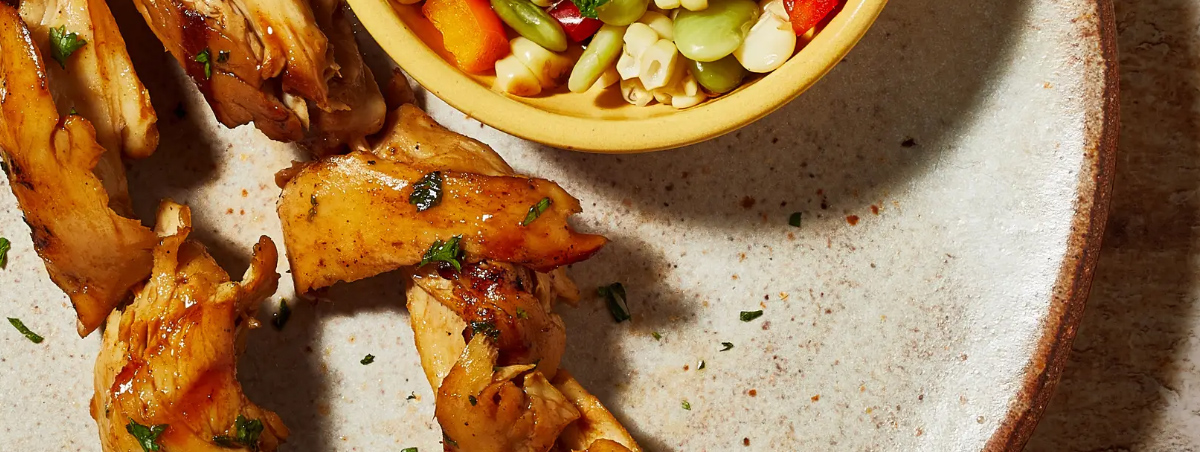In December 2020, the Singapore Food Agency approved the sale of cell-cultured chicken from Eat Just, a US-based startup. The cell-cultured chicken will be produced under the company’s GOOD Meat brand.
The Science Behind Cultured Meat
The process of producing cultured meat involves isolating animal cells, typically through a biopsy. These cells are then cultivated in bioreactors, where they are nourished with a nutrient-rich medium. The cells proliferate and differentiate, forming muscle tissue that can be harvested and processed into various meat products. Eat Just initially introduced cell-cultured chicken nuggets as its first product. This innovative approach to meat production aims to address some of the environmental and ethical concerns associated with traditional livestock farming.
A New Era of Meat Production
Unlike plant-based meat alternatives, such as those offered by Beyond Meat and Impossible Foods, cell-cultured meat is designed to be molecularly similar to conventional meat. 1 This similarity in taste, texture, and nutritional profile is achieved by cultivating actual animal cells. While cultured meat offers a promising solution to the challenges of sustainable food production, there are still significant hurdles to overcome. High production costs and energy requirements remain major obstacles. However, as technology advances and economies of scale increase, it is anticipated that the price of cultured meat will become more competitive.
The United States is also actively working on regulatory frameworks to oversee the development and commercialization of cell-cultured meat products. As more countries explore the potential of this revolutionary technology, the future of food production could be fundamentally transformed.
More Resources:
Introduction to cultivated meat

